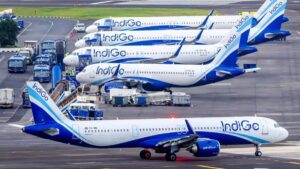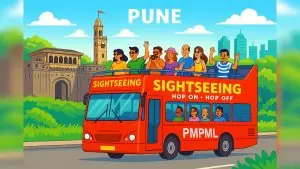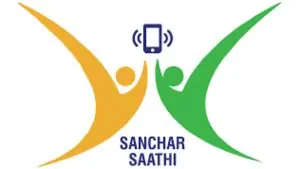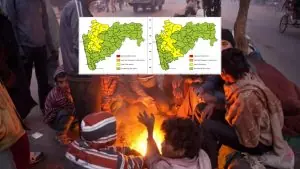Mumbai-Pune Expressway to get AI-enabled traffic management system by June
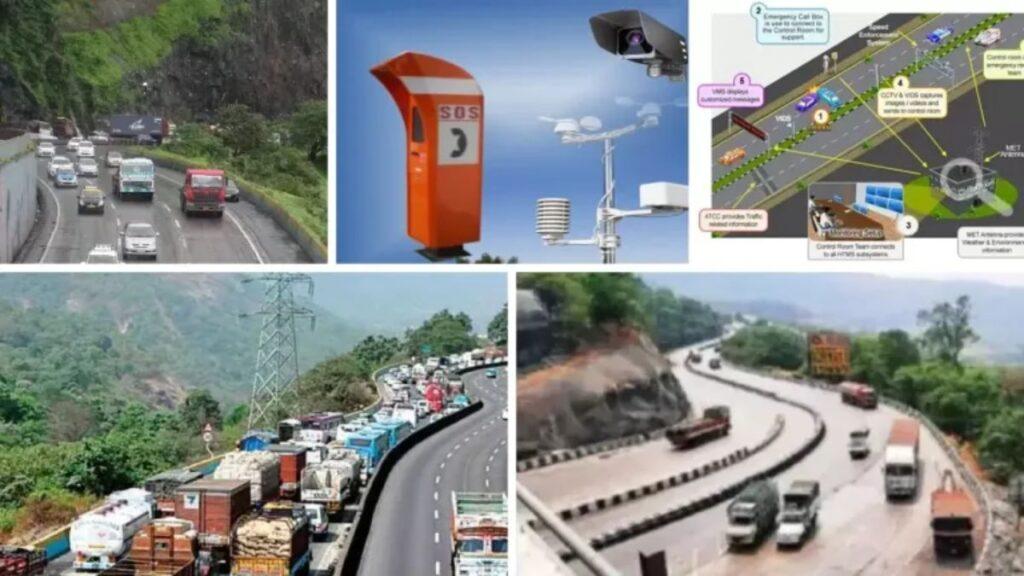
The Maharashtra State Road Development Corporation (MSRDC) is installing the state’s first Intelligent Traffic Management System (ITMS) on the Mumbai-Pune Expressway, where weekday and weekend traffic averages around 40,000 and 60,000 vehicles, respectively. The system, which will modernize traffic management and improve road safety, is expected to be operational by the first week of June, according to highway police and MSRDC officials.
For the first phase, 39 gantries were erected along a 95-kilometer stretch of the expressway, with 218 AI-enabled CCTV cameras mounted on the gantries to detect 17 different types of traffic violations. All cameras and toll booths will be equipped with automatic number plate recognition, allowing police to issue e-challans.
Highlights of the ITMS
- 218 AI-enabled CCTV cameras have been mounted on 39 gantries on the expressway
- The cameras can detect 17 types of traffic violations, including over-speeding and lane cutting
- All cameras and toll booths will be equipped with automatic number plate recognition, enabling authorities to issue e-challans
- All entries to the expressway will be equipped with weigh-in motion machines for goods carriers
- Weather monitoring systems will be installed at 11 locations
- All existing emergency vehicles including 36 including tow vans, cranes and ambulances will be equipped with vehicle tracking systems
- Variable messaging sign boards at 23 different locations would deliver important information to motorists, including real-time updates on traffic conditions, road closures, and weather
“At present, though speed-monitoring CCTVs are installed at select junctions and crossovers on the expressway, motorists often slow down only when they approach these cameras or spot traffic police personnel,” stated a senior officer from highway police. Motorists use a variety of mobile apps that notify them of the presence of speed cameras or even traffic police officers in advance, making it simple for them to slow down at the monitoring point, he explained.
“Under ITMS, the live feed of a vehicle that has been caught speeding or violating traffic rules will be sent to the toll booth ahead, and a hooter will sound when the vehicle approaches it. “This will aid in the enforcement of traffic laws and discipline,” the officer stated.
According to officials, e-challans will be issued through the ITMS, and vehicle owners who do not clear pending challans will not receive a ‘no dues certificate’ from traffic police. Such certificates are required when renewing the registration of heavy vehicles.
The ITMS will also make it easier to remove broken-down vehicles from the highway and improve traffic flow, he added. “Given the heavy volume of traffic, huge jams are common, especially when heavy vehicles break down in the Borghat area,” the official stated. Although cranes are on standby for such mishaps, they currently take more than an hour to arrive at the scene.
“During trial runs of the ITMS, which provides information of broken-down vehicles much faster, the response time has been reduced to half-an-hour,” he said.
Following the installation of the ITMS on the Mumbai-Pune Expressway, work will begin on a similar system on the Samruddhi Mahamarg, making it the state’s second ITMS-equipped highway.


